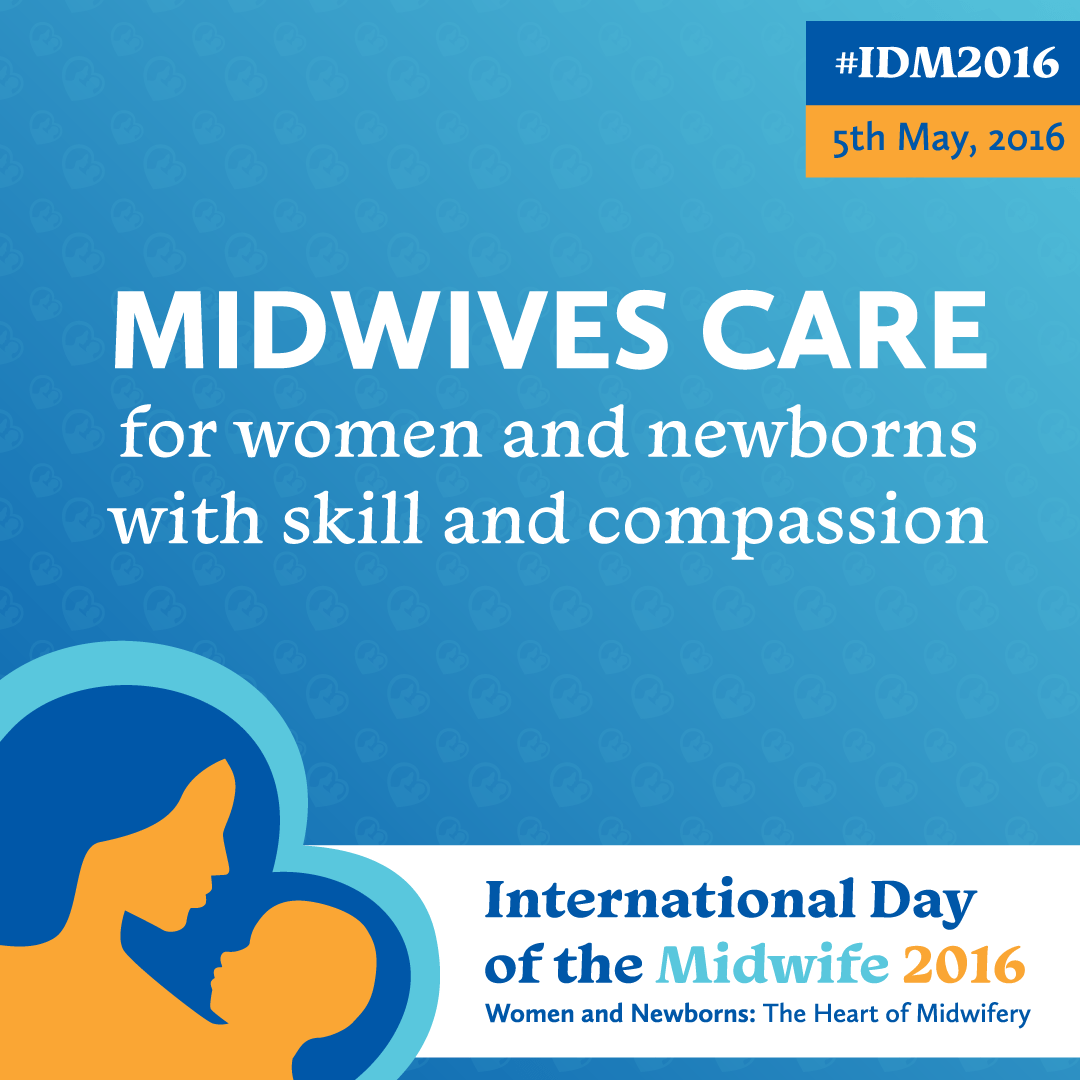4th May 2016 – Afghan Midwives Association (AMA), Ministry of Public Health (MoPH), United Nations Population Fund (UNFPA), and USAID funded Jhpiego-HEMAYAT project commemorated the International Day of the Midwife #IDM2016 under the theme of “Women and Newborns: the Heart of Midwifery” at the MoPH Conference hall.
First commemorated on the 5th of May 1992, IDM celebrates midwives around the world and salute and appreciates their unique services for mothers and babies. Midwives provide essential reproductive health care for women and newborns in urban and rural setting, often in remote areas where other facilities are not available and resources are scarce. Midwives work with competency, confidence and compassion to provide respectful and high quality care and women and newborn are at the heart of such care.
“Midwives play a key role in reaching the Sustainable Development Goal that stresses on reducing maternal and newborn deaths. Midwives also play a key role in making sure that access to health services is equally available for all”, said Dr Najia Tariq, Deputy Minister of Public Health.
“I have read in the Lancet Midwifery Series, and I strongly agree with it that well-educated and well regulated midwives who are working in an enabling environment can provide 87% essential maternal care”, stated Nasratullah Ansari, Chief of Party HEMAYAT project.
Every year, three hundred thousand women die of causes related to pregnancy and birth and in the last three months of pregnancy or during child birth 3 million babies die globally. Afghanistan is one of the 73 developing countries which has the highest maternal and newborn deaths in the world. In Afghanistan 1 out of 50 women die during pregnancy or child birth. The problems are mostly due to lack of access to a midwife or other skilled birth attendance in delivering at home with the assistance of relatives or family members. Skilled birth attendance is drastically low, i. e. 45.2% of births are attended by a medical worker (NRVA 2013-2014).
“Let me congratulate the government and the people of Afghanistan for reducing maternal mortality and newborn deaths over the last decade by strengthening health systems especially investments in midwifery education and deployment.”, said Dr. Bannet Ndyanabangi, UNFPA Representative for Afghanistan.
According to the East Mediterranean Regional Office of World Health Organization, for Afghanistan currently has 3500-4000 midwives, however, in order to meet the 80% of need for midwives in the next five years Afghanistan need 12,174, and to meet the 100% need for midwives by 2030, Afghanistan need 15,217 midwives.
While a large number of educated midwives can save lives. It is also important that the quality of their pre-service education meets international standards and their practices are regulated by a functional and autonomous midwifery council, so Afghanistan can reach the goal that is ending preventable maternal and newborn deaths. Therefore, the Afghan Midwifery and Nursing Bill was developed by AMA and revised by a joint committee including, MoPH, AMA, White Ribbon Alliance, CordAID, Swedish Committee for Afghanistan, Agha Khan University, UNFPA and Hemayat. A road map, a strategic plan, an action plan and as well as concept note for implementation of the bill have been finalized. On this IDM 2016, all partners working for midwives in the country call upon the Afghan government to ensure midwifery regulation in Afghanistan is apriority and take necessary steps to pass the bill.



